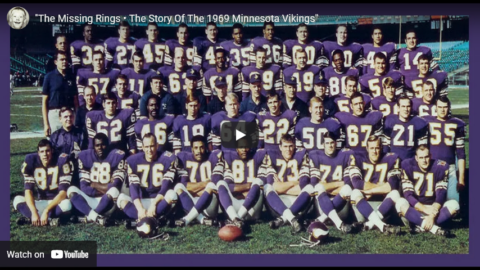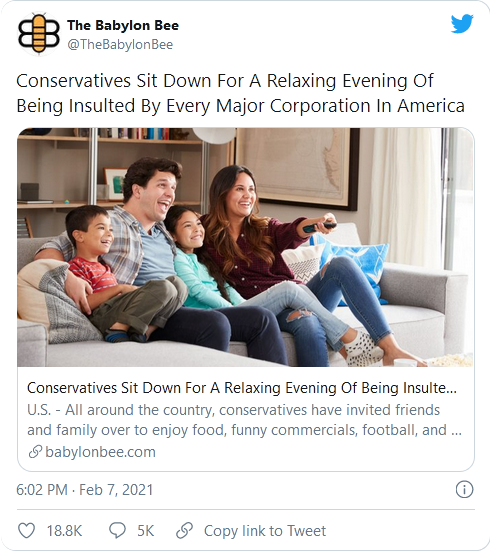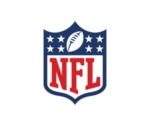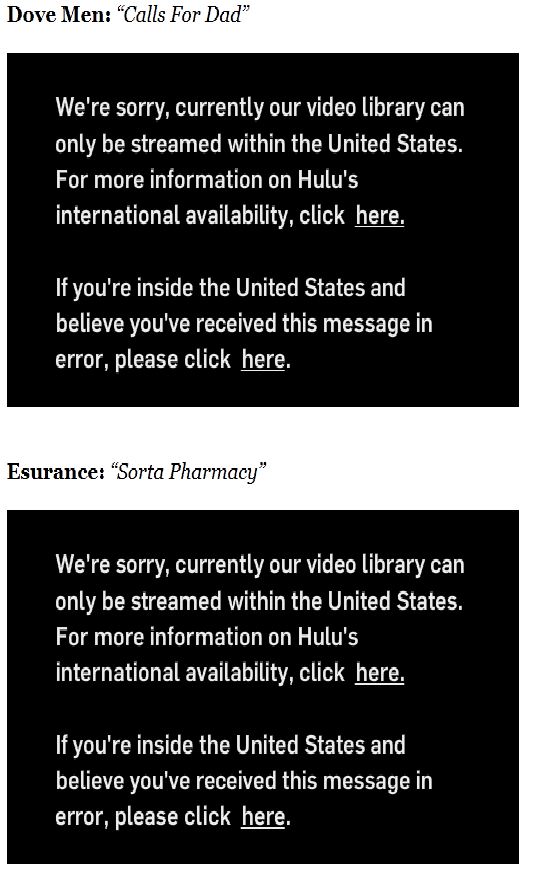As a long-term fan of a highly successful sports team that has never won the biggest prize — the Minnesota Vikings have been to four Super Bowl games and lost all of them — I thought Charlotte Wilder’s take was worth considering:
Here’s the thing: The Chiefs are in the Super Bowl again (duh). And a lot of people seem to hate the Chiefs.
I get it. When you watch a team win for seven years straight, and you are not a fan of said team, it gets old. You’re angry. It’s unfair. It feels like watching billionaires get richer. If you’re a Buffalo Bills fan — a team that has lost to Chiefs quarterback Patrick Mahomes & Company at least thirty thousand times in the past seven years, most recently last Sunday — you are probably apoplectic.
But hear me out: Sports dynasties are good.
Seeing as I am a fan of Boston sports teams with recent histories of victory, you might be inclined to shove me in a locker when I present my argument, but I hope you’ll hear me out. I even drew a couple graphs and stuff to try to convince you.
[…]
Being a fan of a losing team is, at its core, romantic. You love this thing that doesn’t really know you exist, will never love you back, is capable of bringing you intense joy and misery, and is usually loaded with nostalgia. The longer your team goes without winning a championship, the more romantic your fandom. Extra romance points if your team has recently gotten close and lost (Bills, Lions) or has just totally sucked for a very long time now (Jets).
I actually did some math here to illustrate my concept. I call it the Fandom Romance Index (FRI).
You might be thinking, right about now, “Hey, Charlotte, I thought this post was about dynasties?” We’re getting there. Before we do, however, I have to familiarize you with the Fandom Hatred Index (FHI), which is the inverse of the FRI.
Simply put, the longer a team wins, the more intense other fans’ hatred. Think the Patriots post-Deflategate, when the rest of the country would rather have eaten seventeen bowls of clam chowder in one sitting than watch Tom Brady hoist another trophy.
Which brings me to the Chiefs. While their fans are riding high right now, their fandom is no longer romantic. The romance of fandom matters because, at its apex, it is the most pure form of loving a team, of being a fan. You’re hanging in there without much reason for doing so. You’re allowing yourself to hope despite all the evidence telling you not to — I think it’s beautiful and resilient.
And the higher the romance index, the more gratifying it is when that team finally wins.








 For the record, I disagree with this take from the Minneapolis
For the record, I disagree with this take from the Minneapolis 



